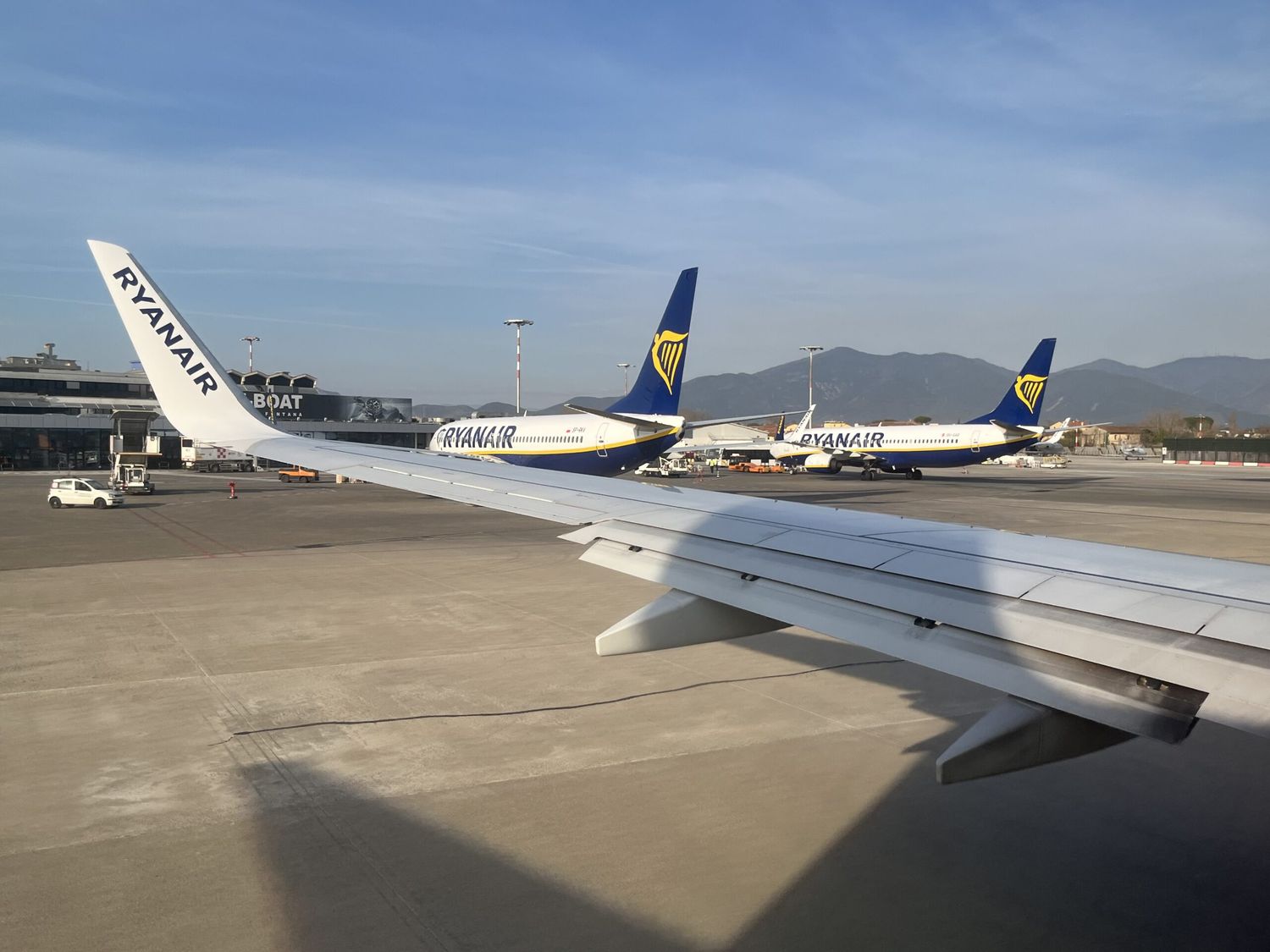Within its financial results that remarked its best-ever net profit in a quarter, Ryanair Group has announced this Thursday that it will install the split scimitar winglets in its entire fleet of Boeing 737-800s which, according to the company, currently stands at 409 aircraft.
The split scimitar winglet is the technological «successor» for the Boeing 737NG’s traditional winglet, featuring a second surface at the wingtip.
The Irish group says that the works will start this Winter season, and that the operation is valued at EUR200 million, or USD200.32 million as of November the 7th. The airline did not disclose how long will it take until the upgrades are done.
According to Ryanair, the new winglets will generate a reduction of 1.5% in fuel burn in its NG fleet.
Why installing the scimitar winglets now?
An article published by Skift in 2013 says that, back then, the return on investment for scimitar winglets was around two and a half years. 2013 was a particularly difficult year for airlines as fuel prices were high — higher than now, adjusting by inflation.
A 2014 chart by Aviation Partners Boeing, the company that supplies the split scimitar winglets, says that the book value of the winglets was at USD430,000 per pair, which in today’s values would be equivalent to USD534,820 (EUR533,884).
However, it is very likely that Ryanair, which uses to overstate the price of its investments at book value (the airline is known for negotiating relevant discounts in its purchases, given the high volumes it commands), will spend less on the order.
But even without the discount — and let’s suppose that they didn’t receive any –, this is a purchase that makes sense. Firstly, the airline’s NG fleet is here to stay; the order it has for 210 Boeing 737 MAX 8200 it has will largely be driven to grow the airline, not to replace the older 737-800s.
Secondly, a 1.5% reduction in fuel consumption really adds up. Ryanair’s fuel bill in the year ended on March 2019, the last without COVID and without any MAXes on its fleet, was of EUR2,343 billion with a fleet of 455 Boeing 737s at the end of the year.
We are oversimplifying things here, but the conclusions should be more or less valid. The average annual expenditure would be EUR 5,150 million per aircraft. A 1.5% reduction would then mean savings of EUR 77,2 thousand per aircraft per year, which, adjusted to inflation, would mean EUR 86,2 thousand.
This means that, without any discounts (and considering the price of fuel is higher now than it was then, even adjusting it by inflation), it would take, back then, just under six years for the investment to pay out.
But the effects of fuel price increases have taken a toll. During the quarter ended in September 2022, even though Ryanair finished it with 73 MAXes helping save some gas, the fuel bill was at EUR1.14 billion, which (factoring the MAXes and Lauda’s Airbuses in, so that counts against our calculation), would set the price at EUR 2,213 million per aircraft in the quarter; a 1.5% reduction would thus mean a reduction of EUR 33,2 thousand per quarter.
With that (and again I stress the calculations have some large simplifications, including the fact we’re ignoring the seasonality component, but the point is still valid), the investment would pay off in four years.
And because Ryanair doesn’t plan to retire most of these airplanes anytime soon — not at least until their next big order comes to fruition –, now they will get the return on their investment faster than they would have done before.




Comentarios
Para comentar, debés estar registrado
Por favor, iniciá sesión